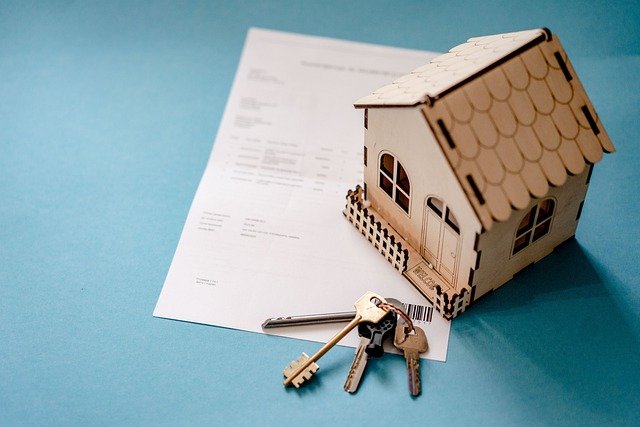Pioneering the Path: A Deep Dive into Accessory Dwelling Units
The real estate landscape is ever-evolving. One shift that's gaining momentum is the rise of Accessory Dwelling Units (ADUs). These structures, which range from garage apartments to backyard cottages, are transforming the housing market and investment strategies. Let's dive into what ADUs are and why they matter.

A Walk Down Memory Lane: The Evolution of ADUs
Accessory Dwelling Units, often abbreviated as ADUs, aren’t a new concept. They’ve been around since the early 20th century, providing housing solutions during times of economic strain or population growth. However, after World War II, zoning laws began to restrict their construction, leading to a decline. Fast forward to today, and we’re seeing a resurgence of ADUs, thanks to changing housing needs and relaxed regulations.
Today’s Landscape: The Rise of ADUs
The modern housing market is characterized by high demand, limited supply, and growing affordability issues. This has led many homeowners to consider ADUs as a viable solution. These units not only provide additional living space but can also generate extra income if rented out. Moreover, they are perceived as an effective tool against housing shortage, offering affordable housing options in areas with high property values.
The Strategy: Investing in ADUs
For real estate investors, ADUs present a unique opportunity. They provide a relatively low-cost way to increase property value and rental income. Additionally, they bring diversity to an investment portfolio, offering a different type of asset to balance out risk. However, it’s essential to understand local zoning laws and construction costs before investing in ADUs.
Pros and Cons: The Impact of ADUs on the Real Estate Market
Like any investment, ADUs come with their own set of advantages and challenges. On the positive side, they can provide steady rental income, increase property value, and offer an affordable housing solution. On the downside, they can be subject to strict zoning regulations, high construction costs, and potential neighborhood pushback.
Wrapping Up: The Future of ADUs
As the housing market continues to evolve, it’s likely that ADUs will play an increasingly significant role. While there are hurdles to overcome, the potential benefits of ADUs make them a trend worth watching. For savvy investors and homeowners alike, these secondary units could unlock new opportunities in the ever-changing world of real estate.
In conclusion, ADUs are more than just a passing fad. They’re a testament to the innovative, adaptable nature of the real estate market. As we continue to navigate the complexities of housing demand and affordability, solutions like ADUs will be vital in shaping the future of real estate.




